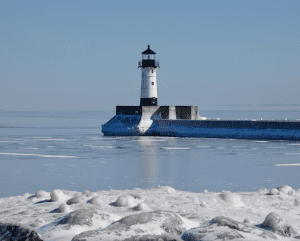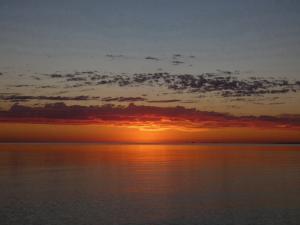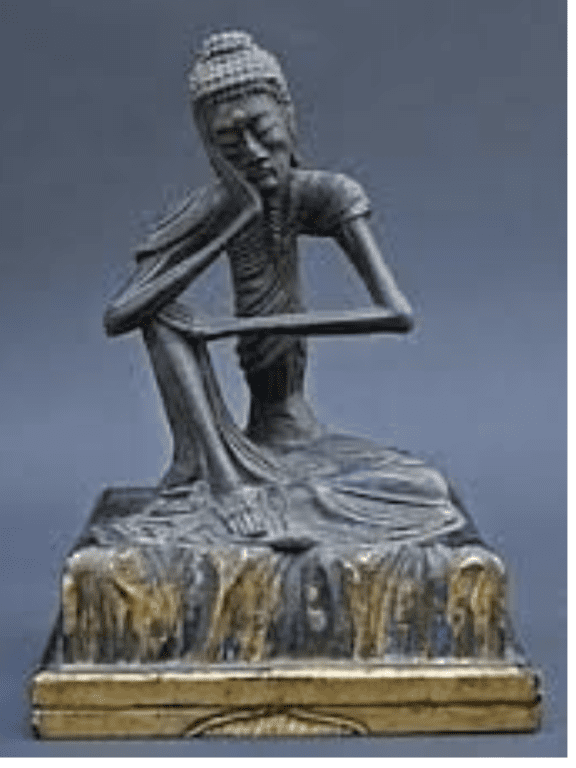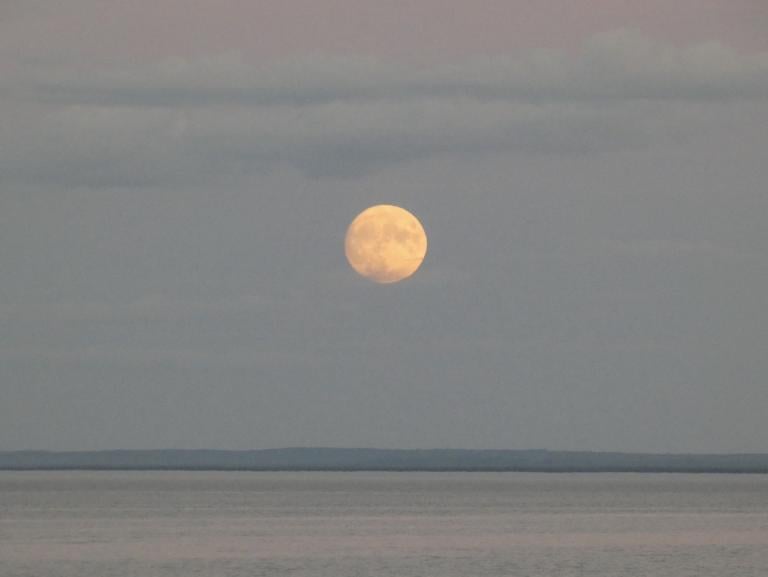
- Trending:
- Pope Leo Xiv
- |
- Israel
- |
- Trump
- |
- Social Justice
- |
- Peace
- |
- Love
The 100 Most Holy Places On Earth
Lumbini Province

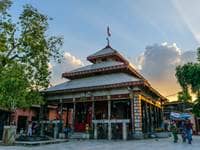
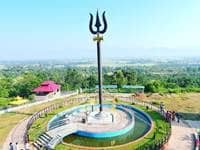

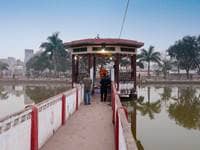
Associated Faiths:
Buddhism
To a lesser extent, Hindusim.
Accessibility:
Open to visitors.
Annual visitors: 2,000,000
History
The name “Lumbinī” means “the lovely,” and is the location of a popular Buddhist pilgrimage site in Nepal. While it may not have yet been venerated in the 6th century BCE, the site itself dates back to 564 BEC. The city is said to be the birthplace of Sidhartha Gautama (or Shakyamuni)—the historic Buddha. For that reason, pilgrimages to the city are common.
As a location littered with temples and shrines, ancient and modern, several countries and various Buddhist sects have contributed to the building up and sacralization of this pilgrimage site. In addition to temples, shrines, monuments, and monasteries, Lumbinī is also the home to a museum and the International Research Center of Lumbinī (dedicated to the sharing of the Buddha’s message of “a humane and compassionate society”).
While well before the Common Era Lumbinī was attached to the birth and life of the Buddha, it was in 1956 that Mahendra Bir Bikram Shah Dev—the then King of Nepal—began the official development and popularization of the site, to honor Shakyamuni and to encourage pilgrimage to this place of holy beginnings. While King Mahendra of Nepal was a Hindu rather than a Buddhist (often referring to himself “as the last remaining Hindu king of the world”), his fixation on the Buddha may have been centered in two facts. First, Hinduism holds that the Buddha was actually the 9th (and most recent) avatar of the Hindu god, Vishnu. Consequently, Buddha has a place in Hindu theology. Second, as King, Mahendra sought to develop his nation and its economy. Building up and promoting a popular site for tourists and pilgrims was certainly at least partially a motivating factor for him.
In 244 BCE, Emperor Ashoka had constructed what today is called the “Ashoka Pillar”—and which commemorates the emperor’s own pilgrimage to Lumbinī. It is one of the most important monuments in the city, and one of the things pilgrims most wish to see while visiting this sacred city. In addition to the Ashoka Pillar, Lumbinī has a Japanese Peace Pagoda (on the outskirts of town) which houses various forms of the Buddha, with each of the four statues facing one of the four cardinal directions. Near the site of Sidhartha’s birth is a small temple that houses a rock slab, carved with the famous scene of the Buddha’s mother giving him birth from her side, while clinging to the branch of a sal tree. Pilgrims can also view what is said to be the footprint of the Buddha on a small stone under glass. Finally, another important attraction is the pond where Sidhartha’s mother is said to have bathed before she gave birth to Shakyamuni, and where religious ablutions were performed by her after he was born.
Religious Significance
While there was some debate as to the actual location of the birthplace of Sidhartha Gautama, the 1896 discovery of the “Ashoka Pillar” convinced most that other proposed sites for his birth were wrong and that Lumbinī was the actual “sacred site.” In the years since that discovery, Lumbinī has almost exploded in the number of temples, shrines, and monasteries built there, and also in the number of pilgrims who visit annually. Yet, though the “rediscovery” of Lumbinī has cemented this location as a “sacred space,” the evidence shows that by at least 249 BCE, early Buddhists were already convinced this was the right location for the Buddha’s birth. Unfortunately, that knowledge was lost for two millennia.
The “exact spot” where it is believed the Buddha was born is today indicated by a “Marker Stone” in the form of the “Ashoka Pillar.” Around the pillar has been built the Maya Devi Temple, designed to protect the sacred spot (among other things). It is a functioning Buddhist temple, but also a sort of fortress of protection, sanctifying and safeguarding the sacral nature of the local.
Of course, the heart of the Lumbinī pilgrimage site is what’s known as the “Sacred Garden.” The reason it is the “most important place” (as it’s been called) is because more and more Buddhists are convinced that this is not just a “traditional site” of the Buddha’s birth, but a “likely” location of his birth. While surely the original sal tree under which Queen Māyā gave birth no longer stands, the various trees in the “Sacred Garden” are draped in prayer flags, reverencing the site and its historic significance.
The combination of Shakyamuni’s footprint, the sacred pond in which Queen Māyā of Shakya bathed, the beautifully restored Maya Devi Temple, the “Monastic Zone” (hosting various international Buddhist monasteries, shrines, and temples—in a variety of styles), the “Ashoka Pillar,” and the Japanese Peace Stupa—for these and other reasons, Buddhists and Hindus find Lumbinī to be one of the most important places of pilgrimage in the Buddhist world.
Much like Christians who visit the Church of the Nativity (in Israel) to see the supposed spot on which Jesus entered the world, so also Buddhists and Hindus (of all denominations) flock to Lumbinī to see where some of the most sacred events in their traditions took place. For Buddhists, this is the location where truth entered the world through the birth of the Indian Prince, Sidhartha Gautama. For Hindus, this is the spot where the god Visnhu manifested himself for the 9th time, in the form of the Buddha. For approximately 1.5 billion human beings, there are few places on the face of the earth more sacred than Lumbinī.


